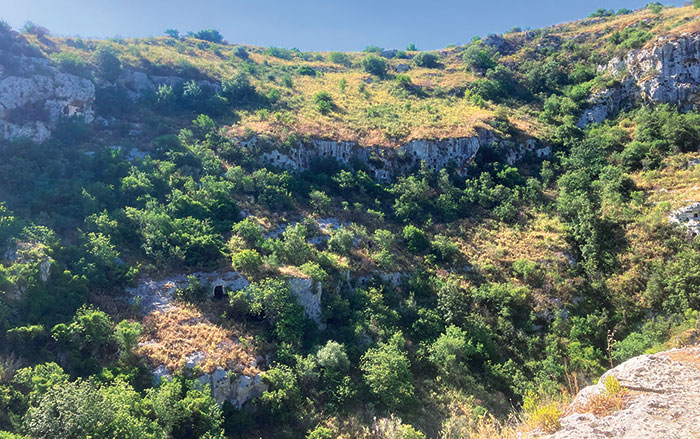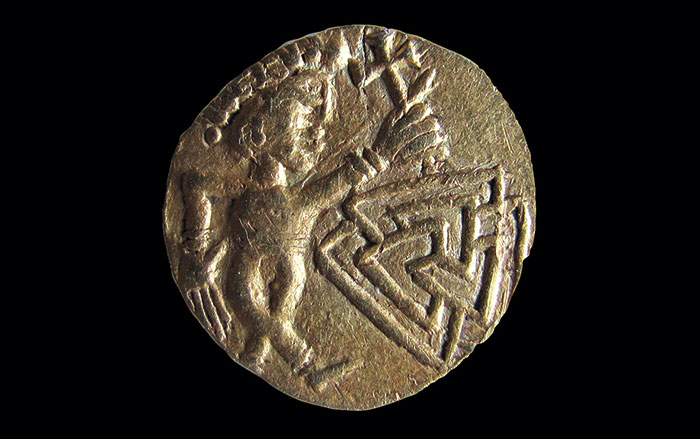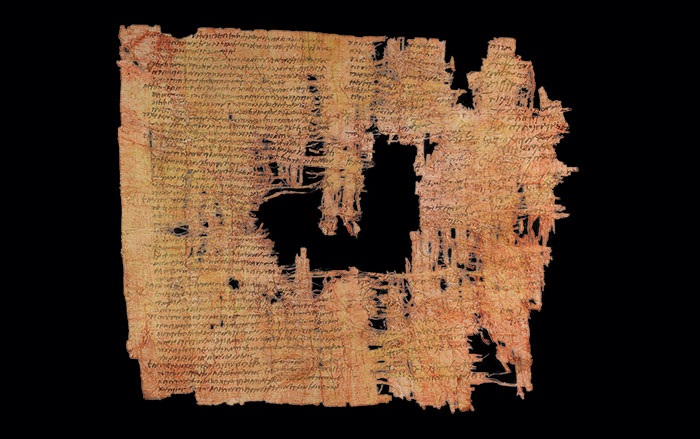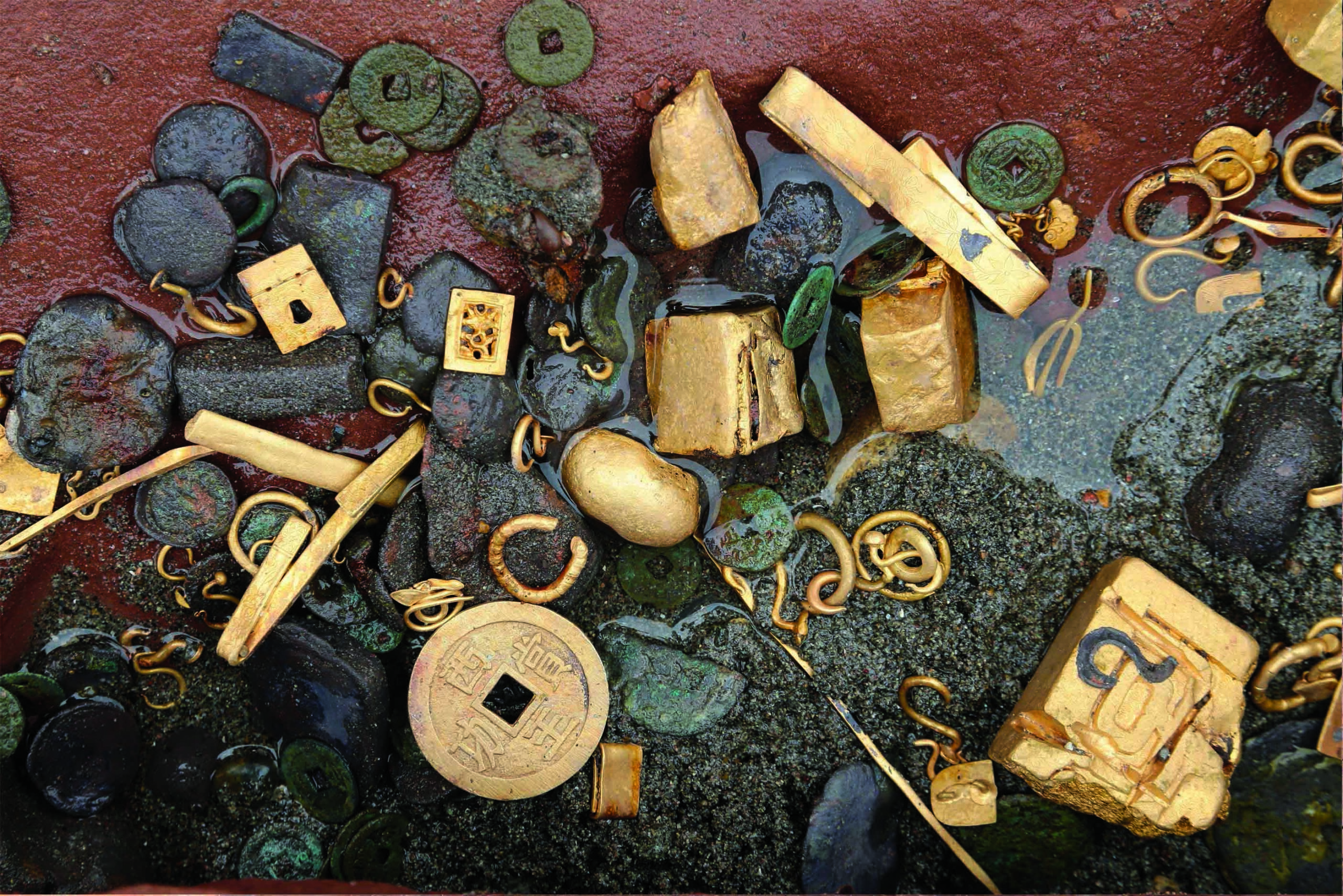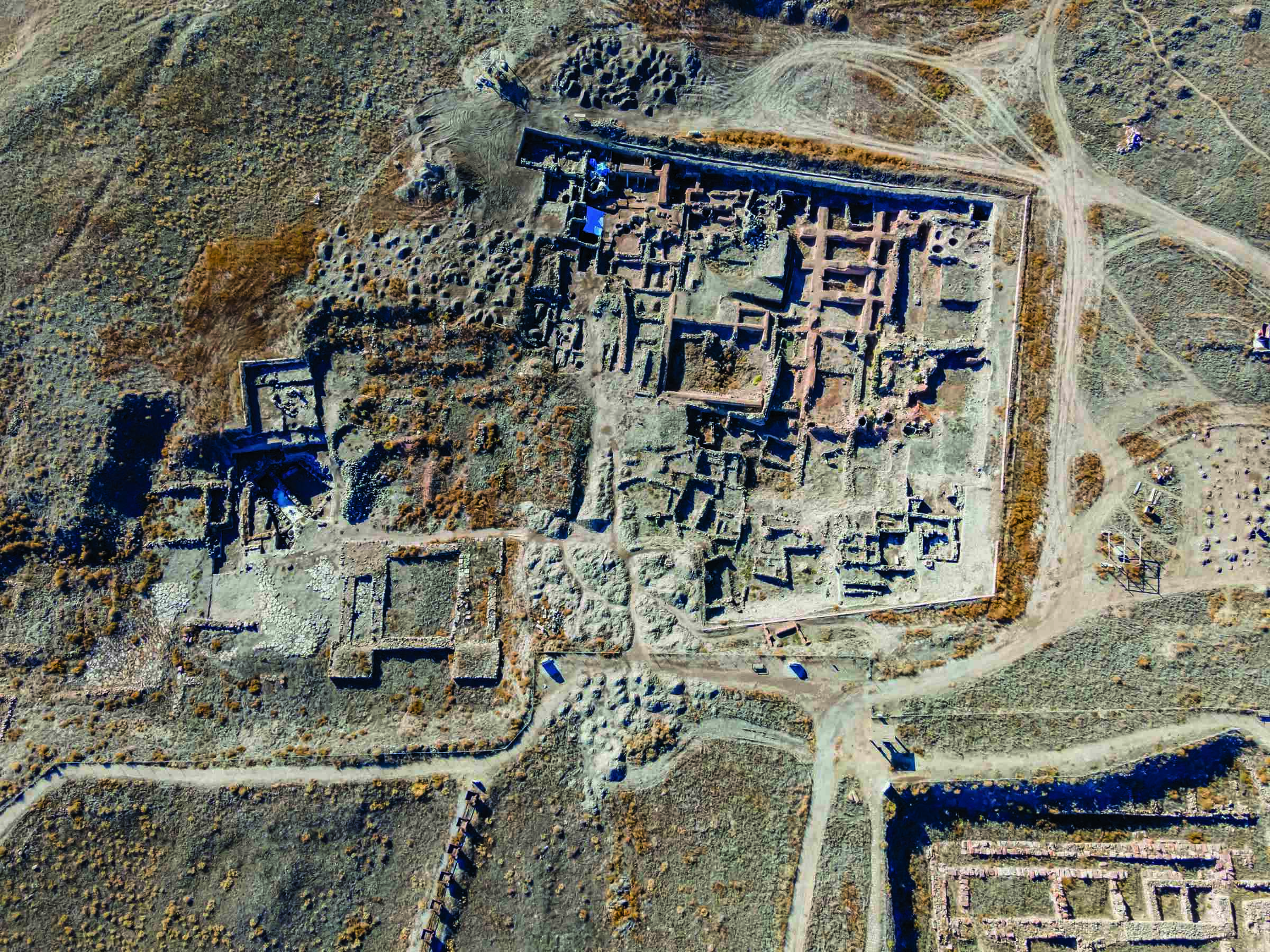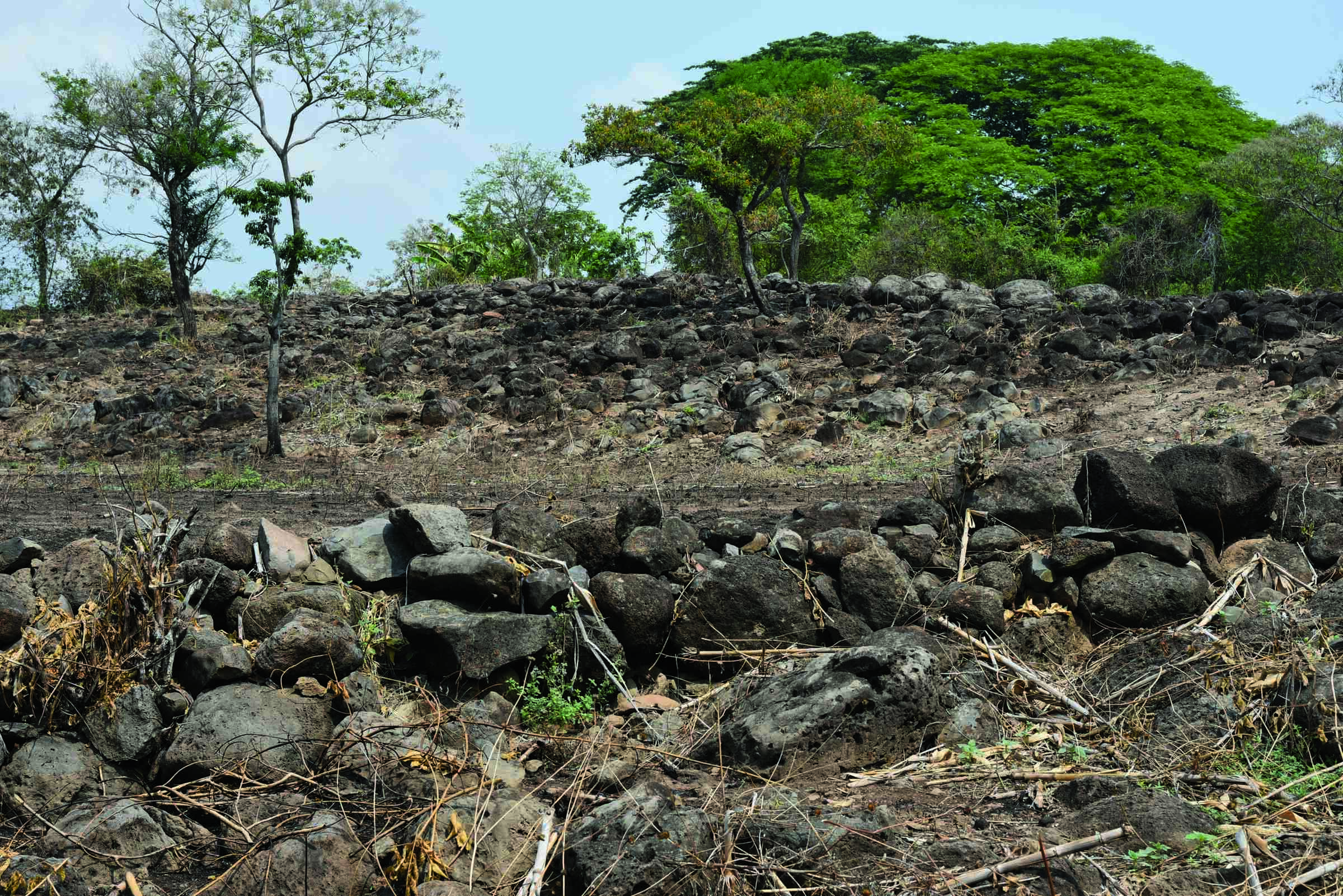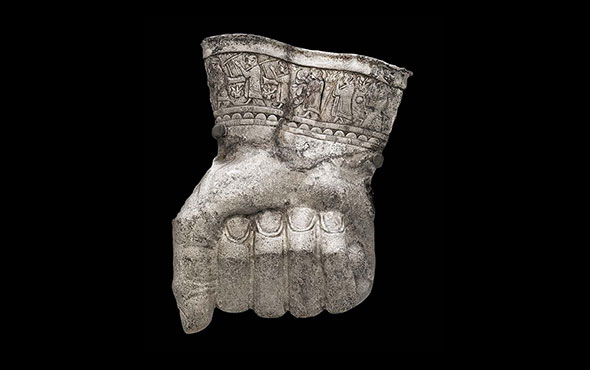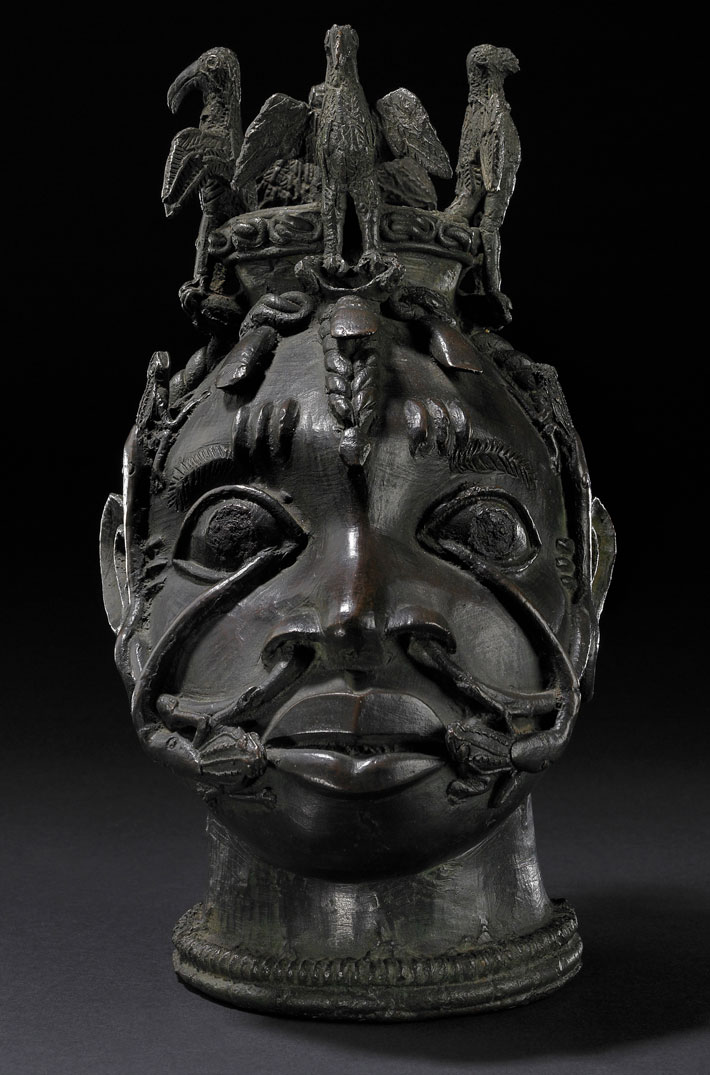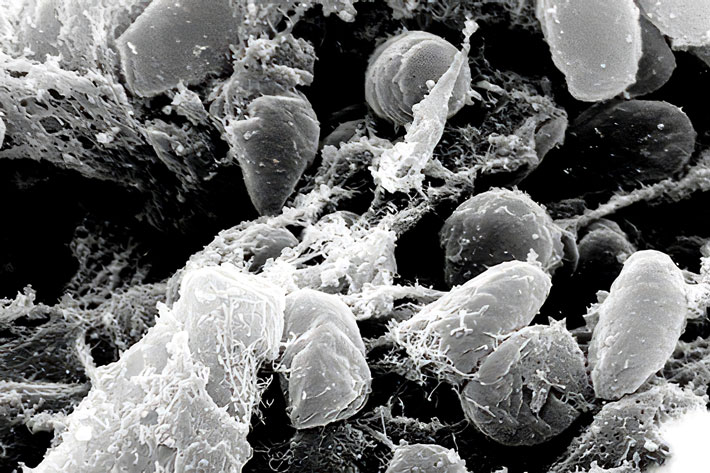
NORMAN, OKLAHOMA—According to a Science News report, a new study conducted by Kyle Harper of the University of Oklahoma and his colleagues found that three pandemics that struck the Roman Empire coincided with periods of colder, drier climate. The climate of southern Italy between 200 B.C. and A.D. 600 was reconstructed by marine palynologist Karin Zonneveld of the University of Bremen and her colleagues through the analysis of single-celled algae recovered from a sediment core taken from southern Italy’s Gulf of Taranto. The model suggests that between 200 B.C. and A.D. 100, temperatures were warm and stable, and regular rainfall occurred. Then the climate became increasingly cooler and drier during the Antonine Plague in the mid-second century A.D.; the Plague of Cyprian in the mid-third century A.D.; and the Justinianic Plague, brought about by the Black Death bacterium Yersinia pestis, which reached Italy by A.D. 543. It is not understood how these shifts in temperature and rainfall might have influenced the spread of infectious diseases, however. Although some bacteria thrive in cooler conditions, the microbial causes of the Antonine Plague and the Plague of Cyprian are unknown. Read the original scholarly article about this research in Science Advances. For more, go to "Bronze Age Plague," one of ARCHAEOLOGY's Top 10 Discoveries of 2018.



